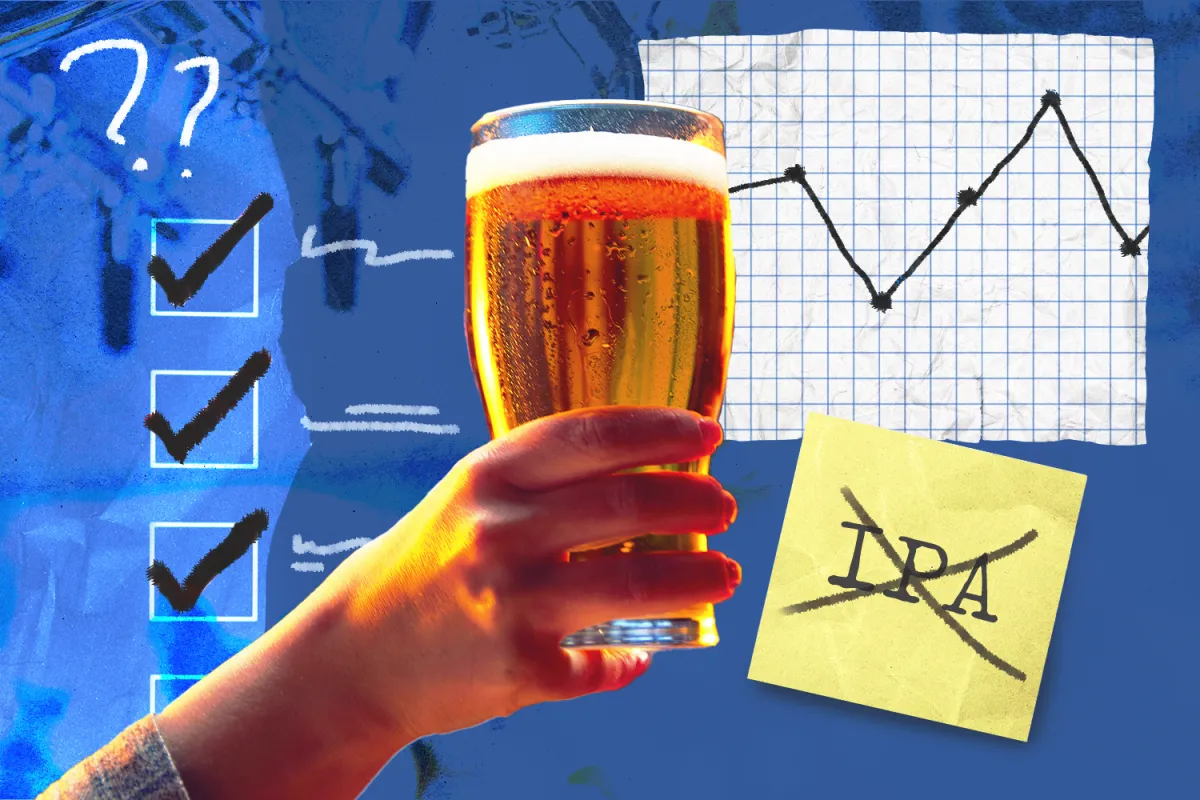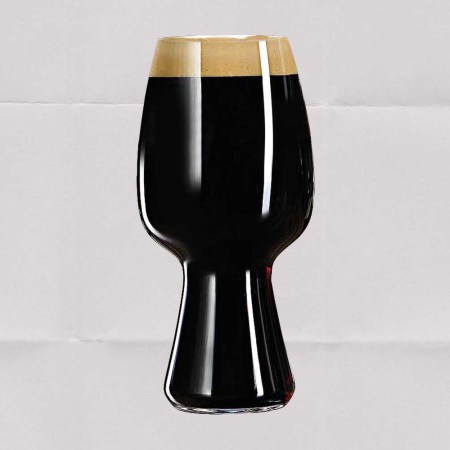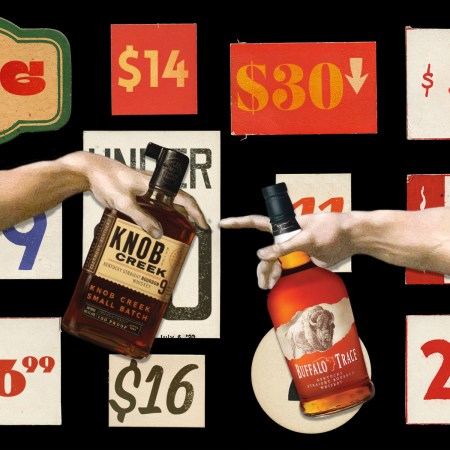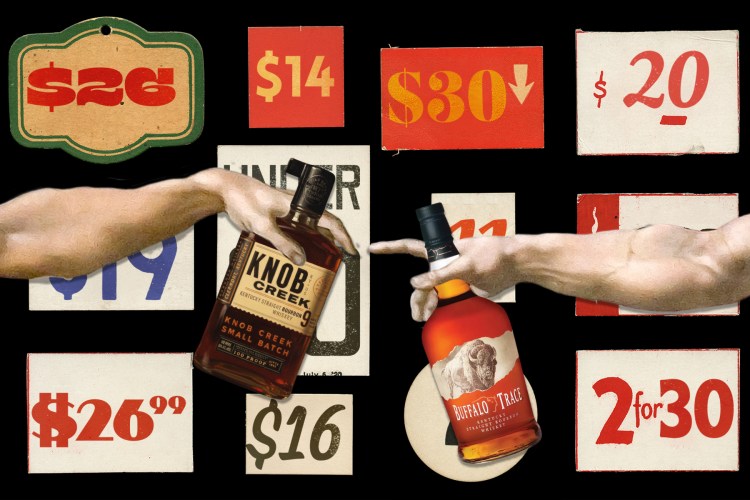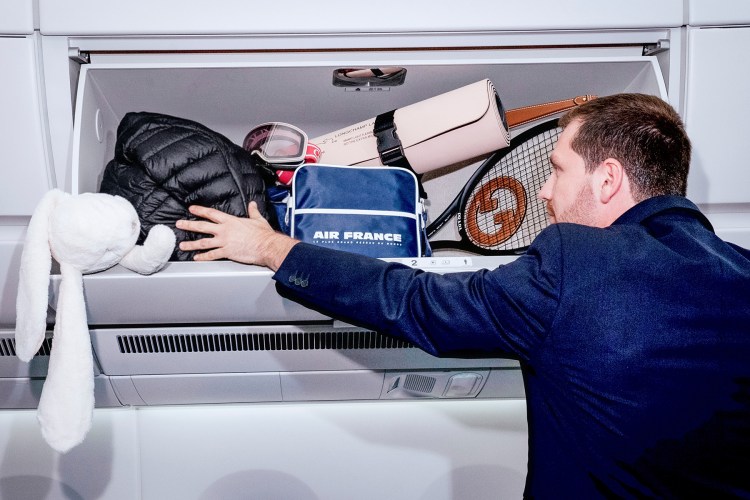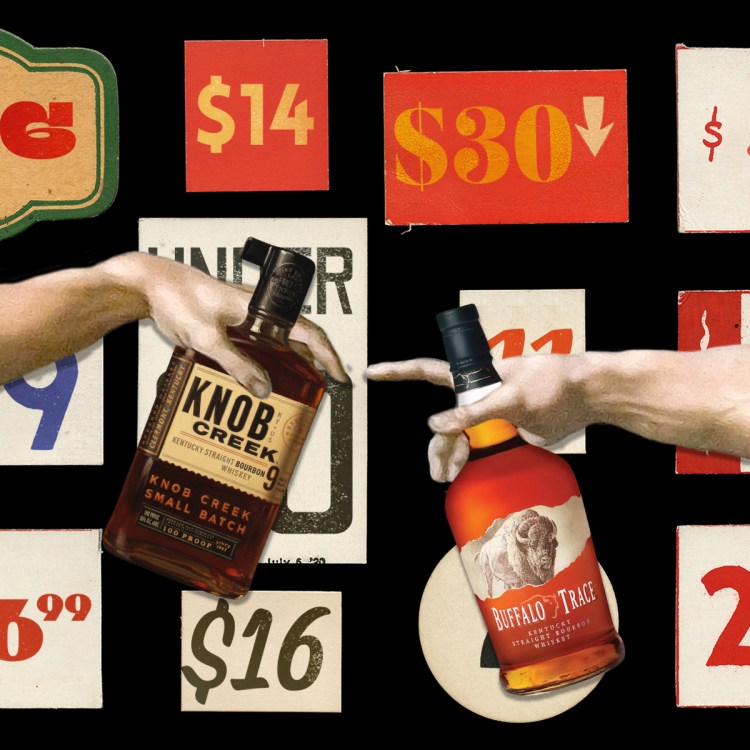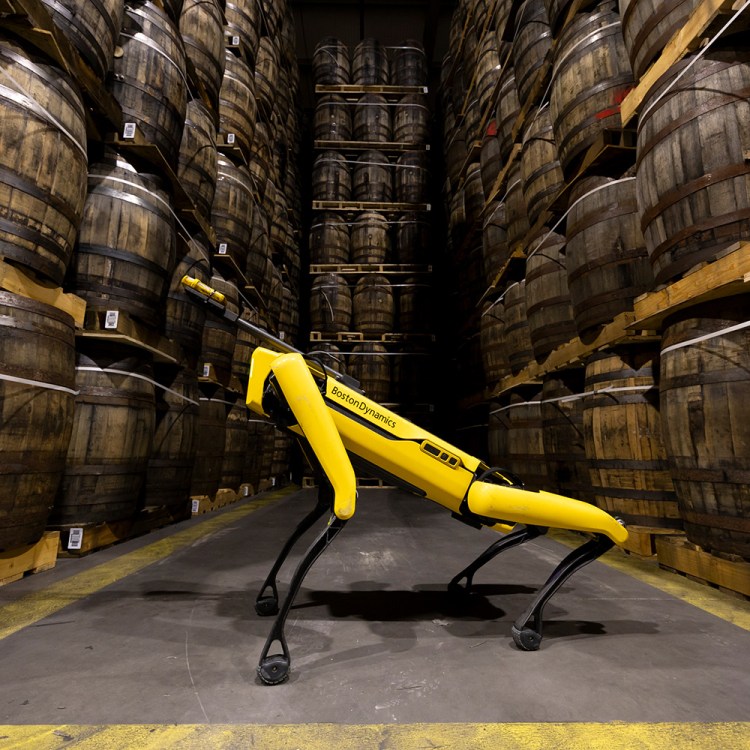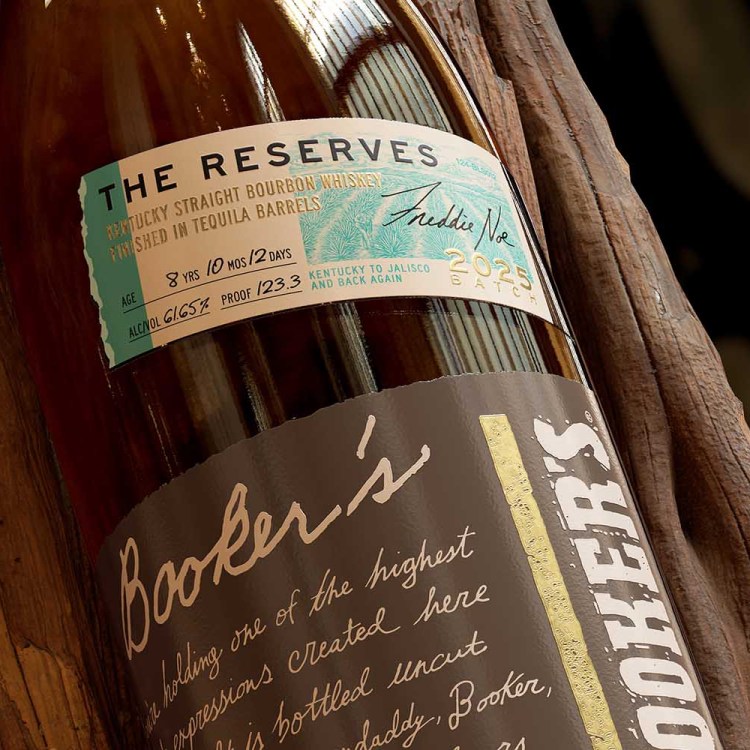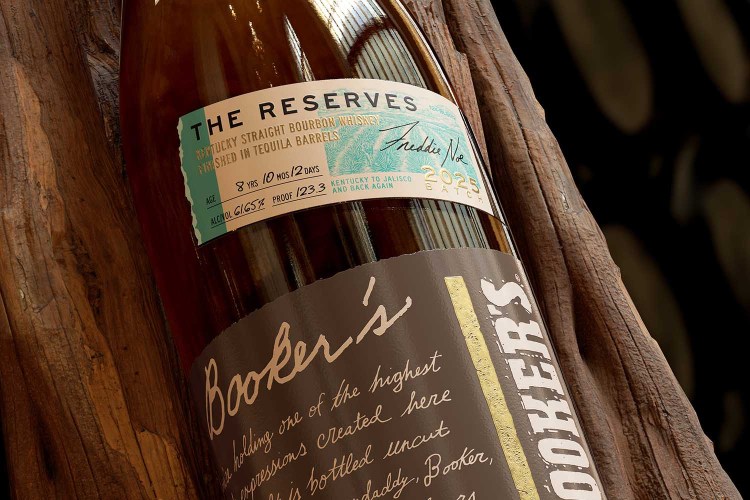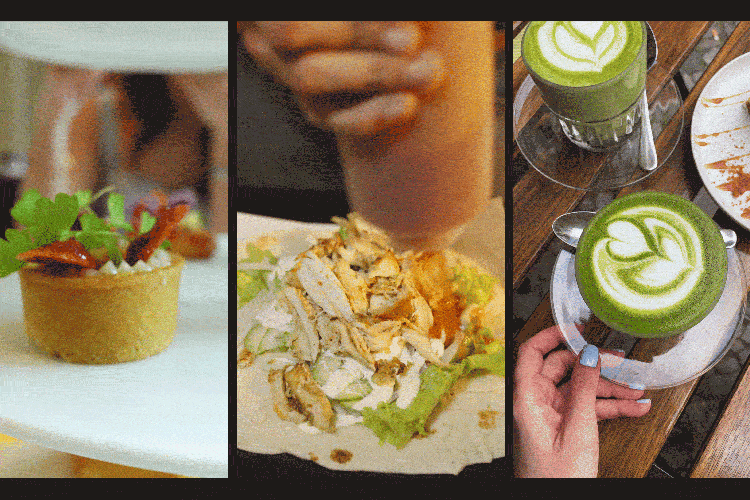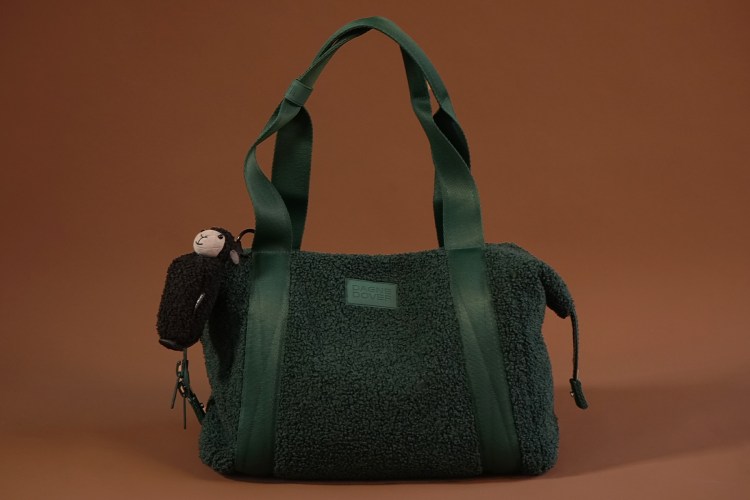Craft beer is a wildly different scene than it was even five years ago. 2020 was a pandemic-shaped anomaly, but in 2019, growth was the goal for many of the country’s 8,275 breweries, in hot pursuit of menu real estate and shelf space far and wide. People were lining up for hyped hazy releases and smashing debatable ratings into Untappd. Today? Production, sales and volume shares are down, and 2024 was the first year in two decades that saw more brewery closures than openings. The industry is feeling the heat from skyrocketing costs, competition from other categories and consumers who are reaching for those categories as well as cutting back on booze all together.
While plenty of Chicken Little-authored articles declare this the end, the truth is that craft beer is just changing. In the 2010s, it grew at a pace that no industry can sustain. Now it’s just another, matured category competing alongside others rather than the only ticket in town. After thousands of years, it’s unlikely people are going to simply stop drinking beer. But they’re drinking it differently, and that impacts how breweries operate.
We wanted to hear right from some of those breweries on the changes they’ve been affected by. If they had a crystal ball to see craft beer in 2025, what would they have done differently opening in, say, 2011 or 2017? How have they reacted to this shape-shifting space? And what would they say to anyone bravely opening a brewery right now? 10 brewery founders shared their perspectives, helping us tap into what’s different, why it matters and what we can expect today and tomorrow for craft beer.
Jacob Keyes, Founder of Skydance Brewing Co. in Oklahoma City, Oklahoma
Keyes launched Skydance in 2018, unknowingly toward the end of craft beer’s salad days. He began brewing out of a co-op brewery called The Brewers Union, and didn’t open his own location until October 2021. The shift just between those three years was clear.
“When we started in 2018, the industry nationally and especially in Oklahoma seemed to be booming,” Keyes says. “Here we were just a couple years removed from a new law that allowed breweries to have a taproom. This made the idea of starting a brewery much more accessible…and a lot of breweries opened here around that time.
“By the time we opened our own spot in late 2021, things had already changed. We were exiting the COVID era that just changed the habits of our customers in terms of what they drank, how much they drank and how often they got out to visit a taproom.”
Following his gut has helped Skydance adapt and succeed — Keyes says every time he doesn’t, he regrets it. “We’re great at making IPAs (hazy and West Coast) so that’s what we set out to be: the best IPA brewery. Do we brew other stuff and experiment with new styles? Sure! But in the end we need to be able to look at our brewery from a customer perspective at any given point and say, ‘that’s a great IPA brewery!’ You just can’t be all things to all people, and I believe you have to choose between being ‘good enough’ at everything or being ‘great’ at something. We choose to be great at IPA.”
Sean Lawson, Co-Founder of Lawson’s Finest Liquids in Waitsfield, Vermont
Lawson’s Finest Liquids has focused not exclusively but largely on IPAs and hoppy beers since opening, too, and it’s a happy coincidence that those styles were the ones that took off with beer enthusiasts: Lawson says they just happened to be his personal favorites.
There were just 1,500 breweries operating in the United States when he launched Lawson’s out of his home in 2008 — and only 18 breweries in Vermont, the state that now has the most breweries per capita in the country at 74. Lawson feels the differences between then and now when it comes to things like once having been able to know and follow every brewery, whereas now the scene is just too big; the reality of increased competition in the market; and the fact that many breweries have expanded beyond beer.
“The funny thing is, it’s in our name, Lawson’s Finest Liquids — I thought it had a unique catch to it, but it also left the door open if we did want to differentiate on the delicious liquids we offer folks,” Lawson says. However, they remain focused on beer, which he believes is already quite distinct in its quality and emphasis on freshness.
Dan Webster, Co-Founder of Container Brewing in Vancouver, Canada
Like Keyes, Webster caught the tail end of the glory days, co-founding Container Brewing and opening to the public in 2019. He calls the industry then “fun, exciting, fresh and collaborative,” adding that “every brewery was busy and buzzing; there were so many ‘beerfluencers’ getting out the word of all the fresh, new beers dropping from all the breweries every day or week. It was just a good time; so many people were out and about rolling through doing brewery crawls.”
Today, Webster says, “there is so much less traffic,” from tourists to people just going out. He has no regrets regarding Container in general; the planning and build-out phases for the brewery were some of the best in his working life, and he believes in the brand and strong following he and his team have created. But, it would always help to have raised more money, which is something for any breweries opening this year to remember. That, says Webster, and the need for a “super-tight business plan…Distribution is nearly impossible anymore as a revenue driver, so you need to have a great model to drive revenue onsite, where the margins are thicker.”
Bob McLynn, Co-Founder of Asbury Park Brewery in Asbury Park, New Jersey
Focusing on your immediate surroundings is also McLynn’s advice for new breweries. He clearly doesn’t find the current industry climate intimidating, as he just opened another brewery, Mountain King in Windham, New York, but he says the plan for that business to lean into local.
Asbury Park Brewery distributes across New Jersey, but McLynn says the team runs it like a local business, focusing on the community. It opened in 2016, still early in a craft-beer boom for the state sparked by a 2012 law change allowing breweries to sell beer in their taprooms and for off-premise consumption. APB immediately stood out among many of the boom’s new breweries, often IPA-focused, and built a beer portfolio that happens to be a good fit for today’s more open-minded imbiber.
“We were ‘the anti-IPA brewery’ when we opened,” says McLynn. “We didn’t have an IPA for our entire first year, which was unheard of then, and now, really. Now we have our flagship Sea Dragon IPA, which is our number-two seller behind our Blonde [lager]. We wanted to do things differently from what everyone else was doing, and got into different styles along the way.”
David Lin, Co-Founder of Comrade Brewing in Denver, Colorado
Lin has seen “a seismic shift” post-pandemic, in everything from people’s drinking habits to a decline of later-evening imbibing.
“When we opened in 2014, nearly 50 other breweries in Colorado also opened,” he says. “It still felt like ‘if you brew it, they will come,’ regardless of location. Today, we rely heavily on customers who are in close proximity.” For that reason, Lin says it would now be nice to be situated more in the city center and have more walk-in traffic — this would enable Comrade to concentrate more on taproom sales than sales to bars and restaurants. “If we could sell pints over our own bar, we’d have gotten a slightly smaller brewhouse, more like 10 barrels instead of the 15 we have. Renting sucks, and buying a building should have been a higher priority.”
Still, the Comrade team’s priorities are well-placed: They never stop working to improve their beers, and do eschew fads in order to offer drinkable, balanced brews. In order to still reach the consumers after those trendier beers, though, Lin says they’ve brought some examples in from other breweries on guest taps. Succeeding as a brewery today requires that listening to consumers, grounded in your own strong vision and motivation.
Gabriel Magliaro, Founder of Half Acre Beer Company in Chicago, Illinois
They might look different now, but challenges have always existed in craft beer. When Half Acre opened in 2006, Magliaro says, “Commercially, everything was…set up for a few big brewers dominating with a small portfolio of beers. Being a little brewer presented a lot of systematic challenge, but it was also a fascinating dynamic for anyone interested in the intimacy and enjoyment that a community brewery could provide.”
Today, the going is still tough, but for new reasons. “Now, small brewers are normalized…The appetite for exploration isn’t what it was. Market maturity brought many people toward a central idea of what they like and don’t like…This isn’t bad or wrong; it’s natural, but it has all brewers, big and small, standing shoulder to shoulder attempting to differentiate in similar ways.”
Half Acre has had what Magliaro calls “a great ride,” even in today’s dicey climate. He doesn’t regret not chasing growth more aggressively in those halcyon times, as that might have created new obstacles today, and is happy the brewery has stayed true to itself, establishing Half Acre’s identity in the industry and with its following. The right motivation and a love for this business are what Magliaro recommends for anyone opening a brewery today.
Jeff Cozzens, Co-Owner of Schilling Beer Co. in Littleton, New Hampshire
Having a vision you believe in so much you stick with it no matter what seems to work, or at least it does for Schilling Beer Co., too. When Schilling opened in 2013, co-owner Jeff Cozzens points out, “the industry was focused on generating the boldest expressions possible in beer, particularly via dry-hopping and liquor barrel-aging.” Schilling, meanwhile, concentrated on continental European-inspired beers from the jump — balanced, nuanced, easy-drinking.
“These are the beer styles that resonate with our personal drinking experiences over the years, and we wanted to bring those liquids and experiences to American craft beer,” Cozzens says. Now, consumers seem to have embraced these beers — there’s interest in traditional styles, and purchases aren’t always driven by ABV and IBUs anymore. Schilling has naturally been a destination for lager enthusiasts since 2013; now, it happens to be well-placed to receive this wider audience. Cozzens says over 80 percent of their beer production volume is lagerbier, and that will only increase.
Wesley Keegan, Founder and CEO of TailGate Brewery in Nashville, Tennessee
Regional differences impact where breweries are in their journeys. Early hotbeds of craft brewing like your Denvers, Portlands and Vermonts are further along in their maturation. When Wesley Keegan founded TailGate Brewery in 2015, he says, “there wasn’t craft beer in Nashville. There were maybe two or three breweries and taprooms.” The scene remains small, but has grown over the past decade. Being one of the first, TailGate has had the unique role of helping pioneer the taproom experience in Nashville.
“We knew we wanted to distribute beer, and we’re a production brewery first, but we have the ability of the taproom to help fund that, and we can also get guest feedback through it,” Keegan says. TailGate introduced concepts to the city like a mug club — theirs was the first possibly in the entire state, and today it has over 4,000 members.
Keegan started in craft beer in 2007, outside of Tennessee. Working in more advanced markets did give him a crystal ball of sorts when he opened TailGate, as he had an idea of how trends and consumer preferences evolved. Perhaps that insight is what has helped Keegan steadily build on TailGate — there are now eight taproom locations, plus one in Nashville’s airport.
Scott Smith, Founder of East End Brewing Company in Pittsburgh, Pennsylvania
To an extent, Smith has the unique perspective of having been through this cycle before. When he opened East End in 2004, the industry still had a hangover from a wave of microbrewery closures in the 1990s.
“‘Beer is dead,’ they said,” Smith recalls of the industry sentiment then. “It’s kind of funny to think that many believe that to be the case today.” Having experienced the hand-wringing and then craft beer’s survival (and thriving), he can separate changes that demand adapting from supposed harbingers of doom, and even sees what some have painted as negatives positively.
“Good beer is readily available from breweries, bars, and even in — gasp — grocery stores now,” he says. “People are less willing to drive two to three hours to find something locally made that’s tasty — because thankfully, they don’t have to.”
Opening a brewery today is more capital-intensive than ever, Smith says, so new founders have to be extra intentional about their goals. Ten, 20 years ago, it was easier to just start brewing and stumble into a business. He does sometimes wish he got to make some first impressions over again, introducing people who met East End 15 years ago to the more established operation it is now. But the path he has taken has gotten East End where it is today, alive and growing.
Neil Fisher, Co-Founder and Owner at WeldWerks Brewing in Greeley, Colorado
Looking back to WeldWerks’s 2015 opening, there’s not much Fisher would do differently. They’ve settled into “a good balance of introducing new brands and new styles, and still growing our core brands,” he says. “I love to grow core brands because it gives us bendability on supplies, ingredients and forecasting; it builds stability.” That stability allows WeldWerks to take risks with other beers, and they can be flexible and responsive to what consumers like.
For breweries that might open in 2025, Fisher doesn’t see the outlook as darkly as it’s been painted.
“The rhetoric right now is the bubble has burst and there’s no more opportunity,” he says. “But as a brewery with growth in the last two years and still more on the horizon this year, that’s not all-encompassing. There’s definitely still an opportunity for new breweries — and existing breweries — to find their niche and find people to support them. It may not look like it did 10 years ago, but there’s no doom and gloom; craft beer is not going away.” Essentially, Fisher adds, breweries should think locally and contribute to their communities. With the right plan, they can even stand out, considering how many fewer breweries are opening today.
Every Thursday, our resident experts see to it that you’re up to date on the latest from the world of drinks. Trend reports, bottle reviews, cocktail recipes and more. Sign up for THE SPILL now.

